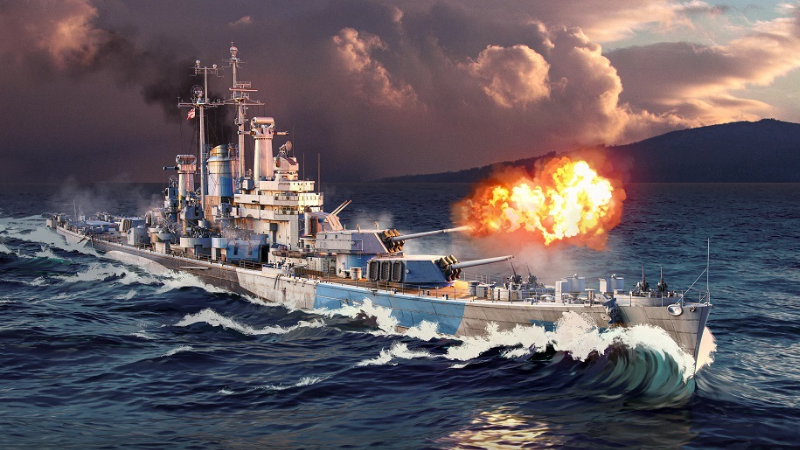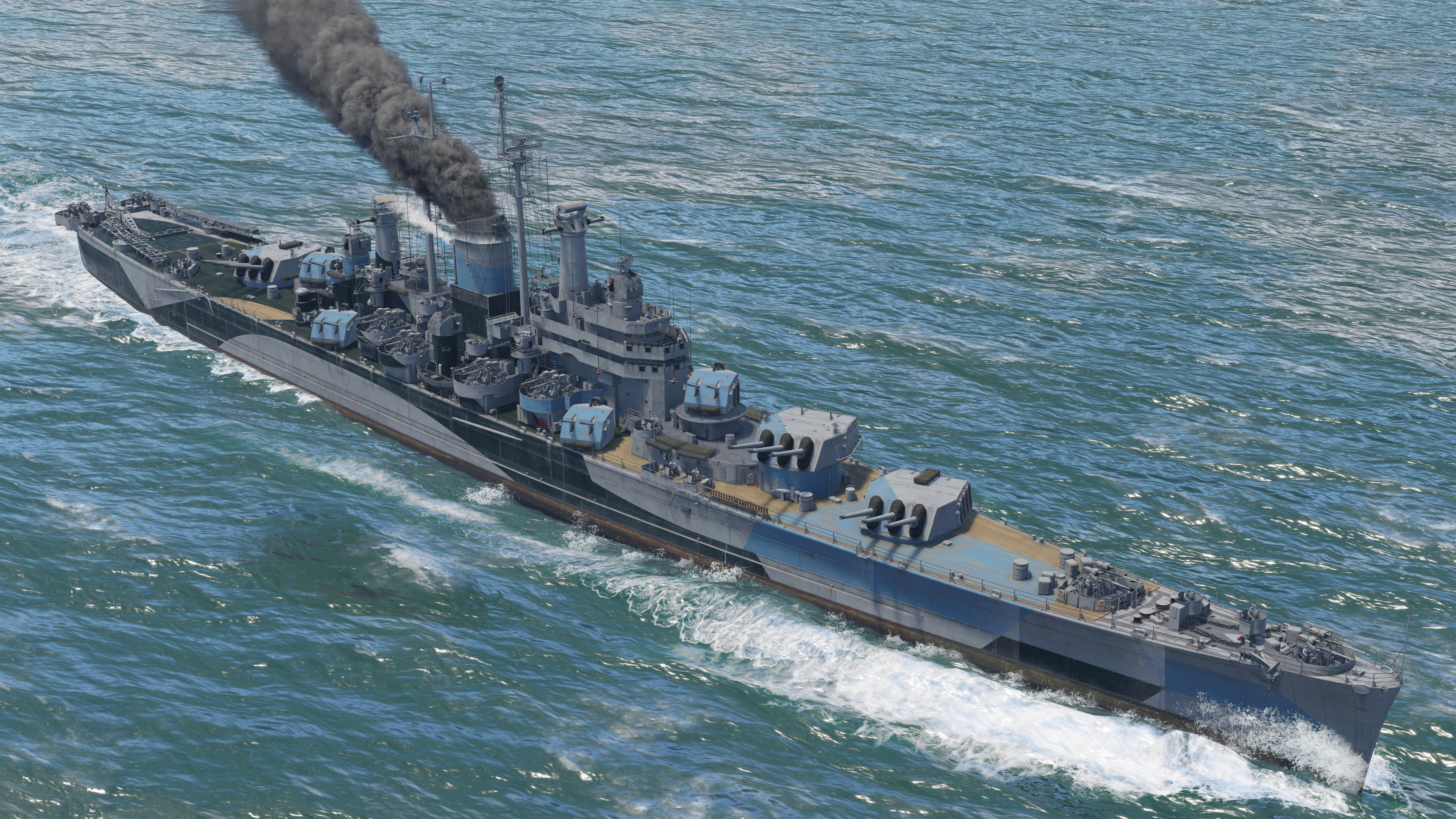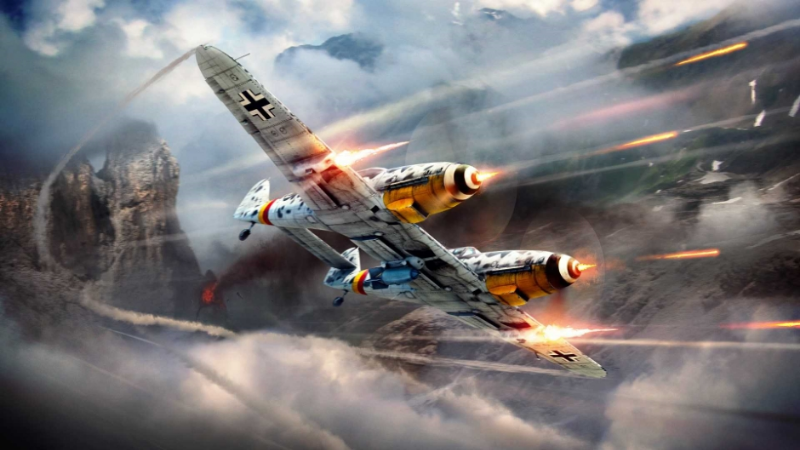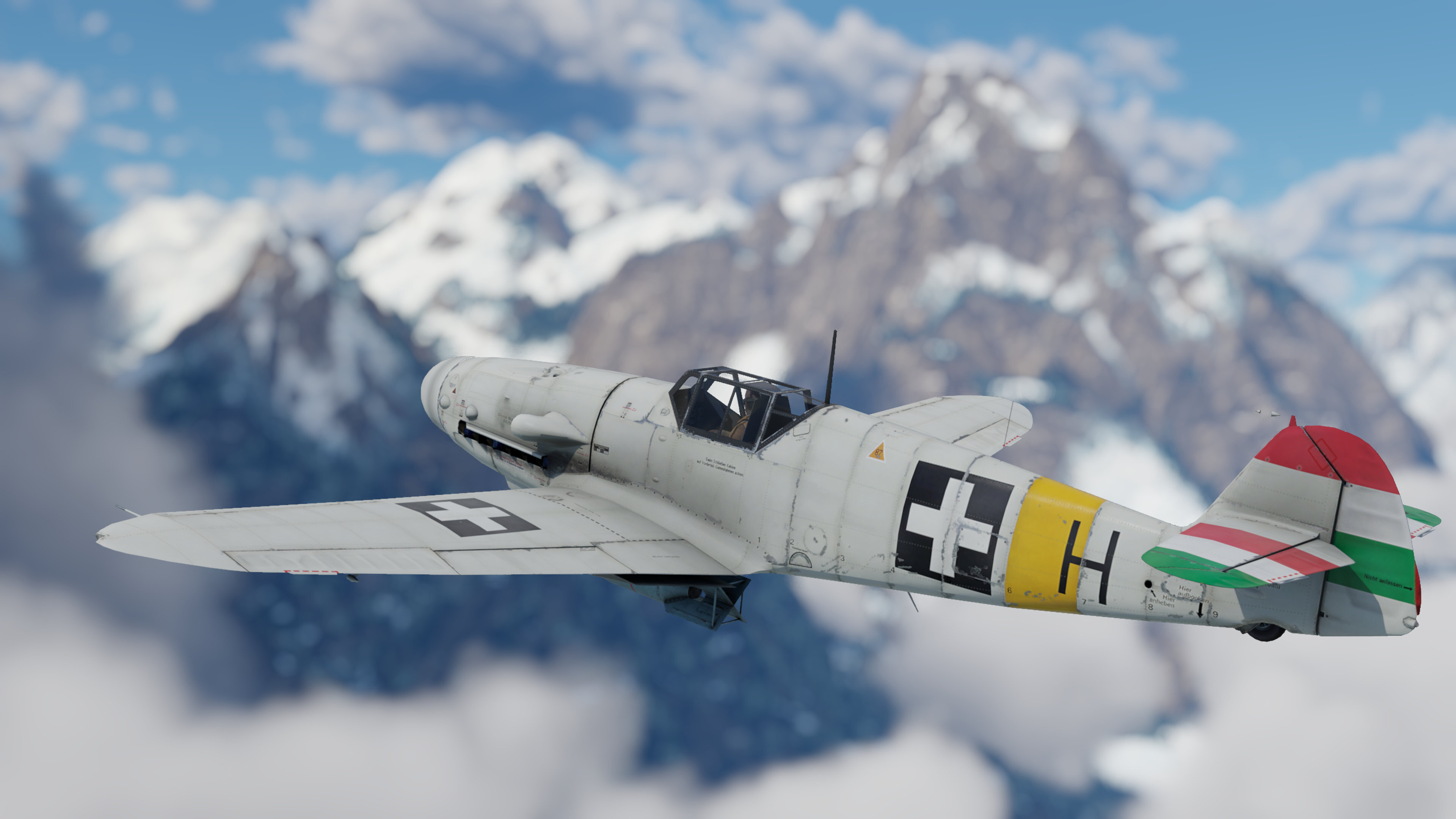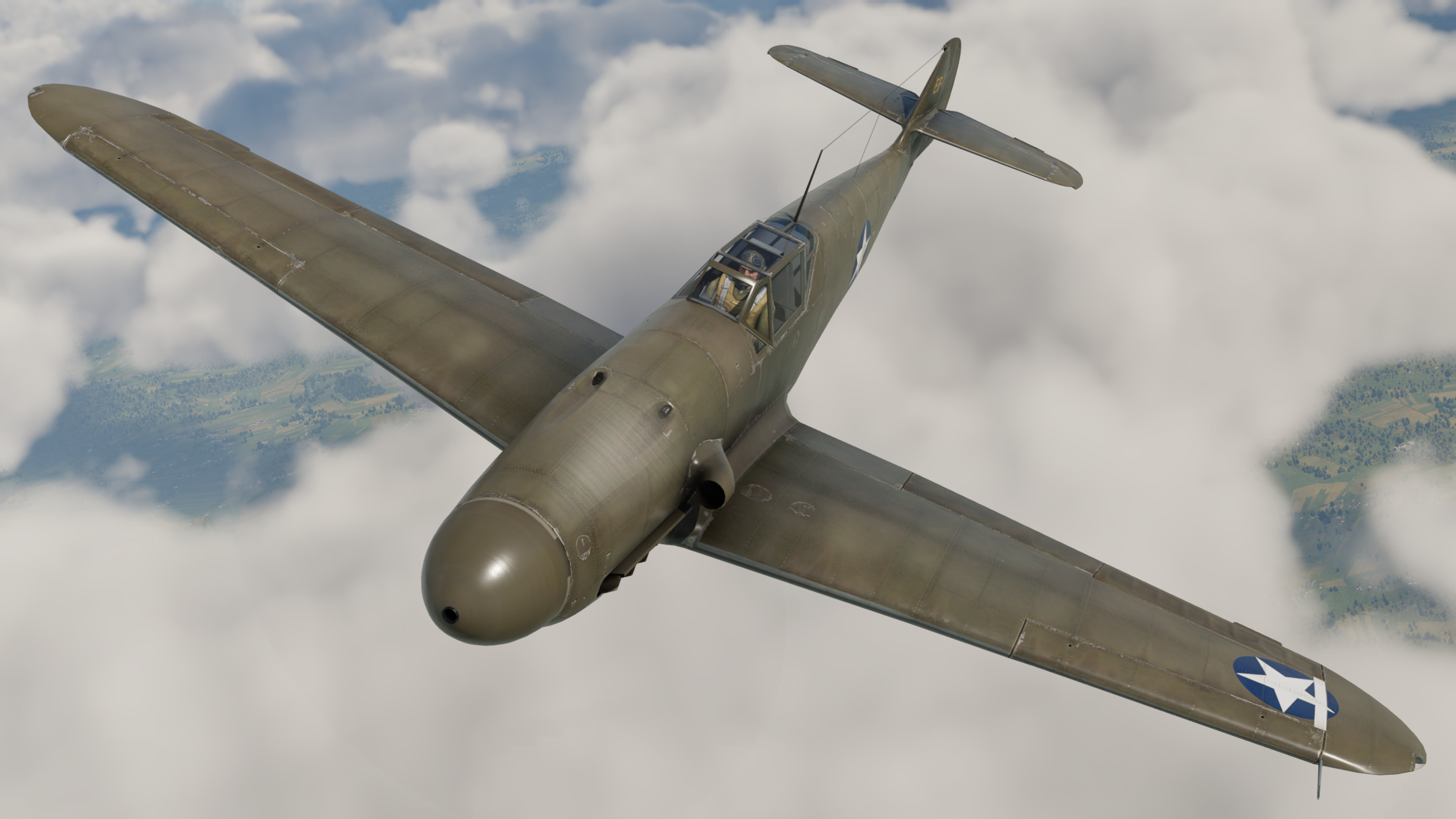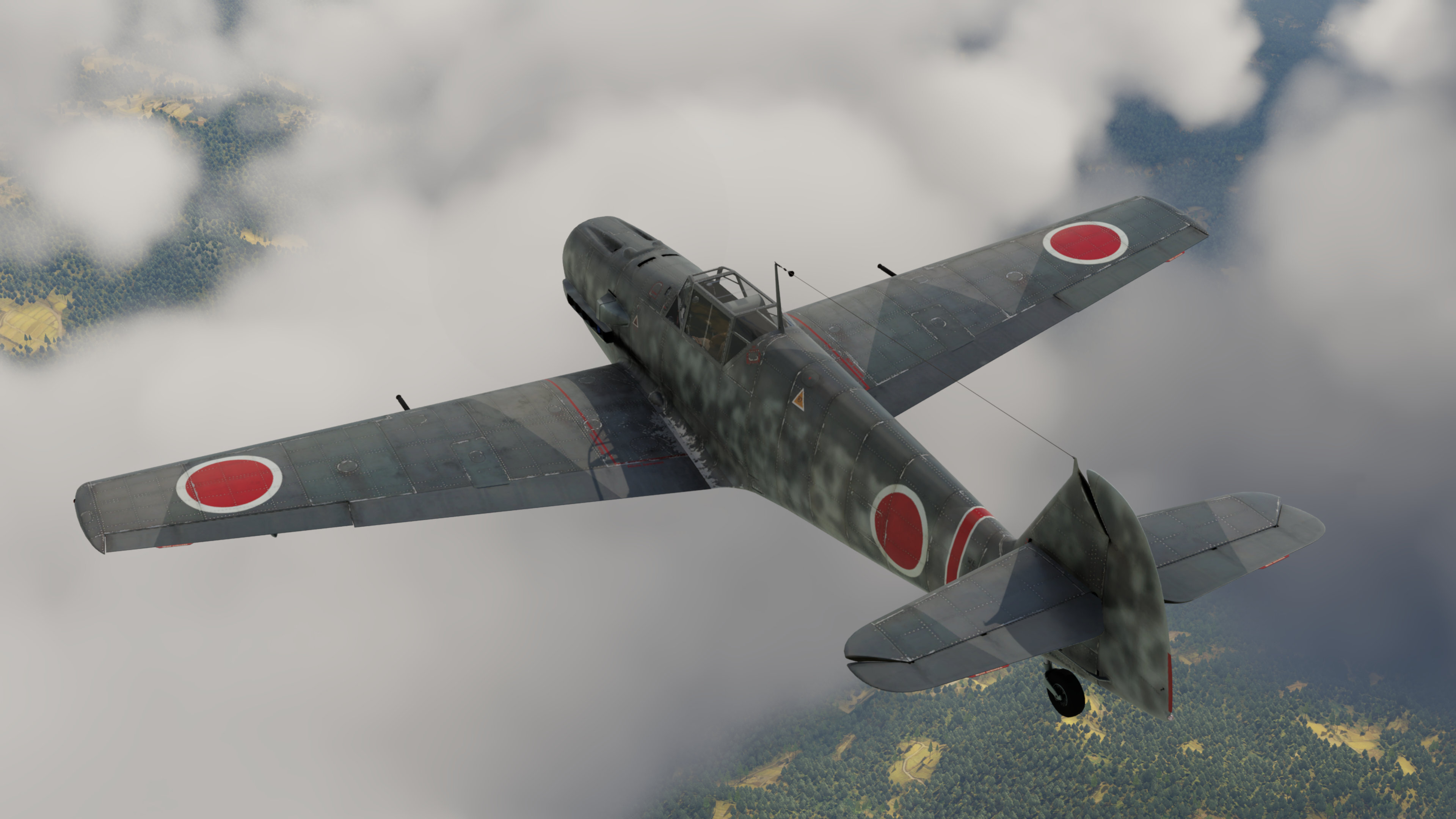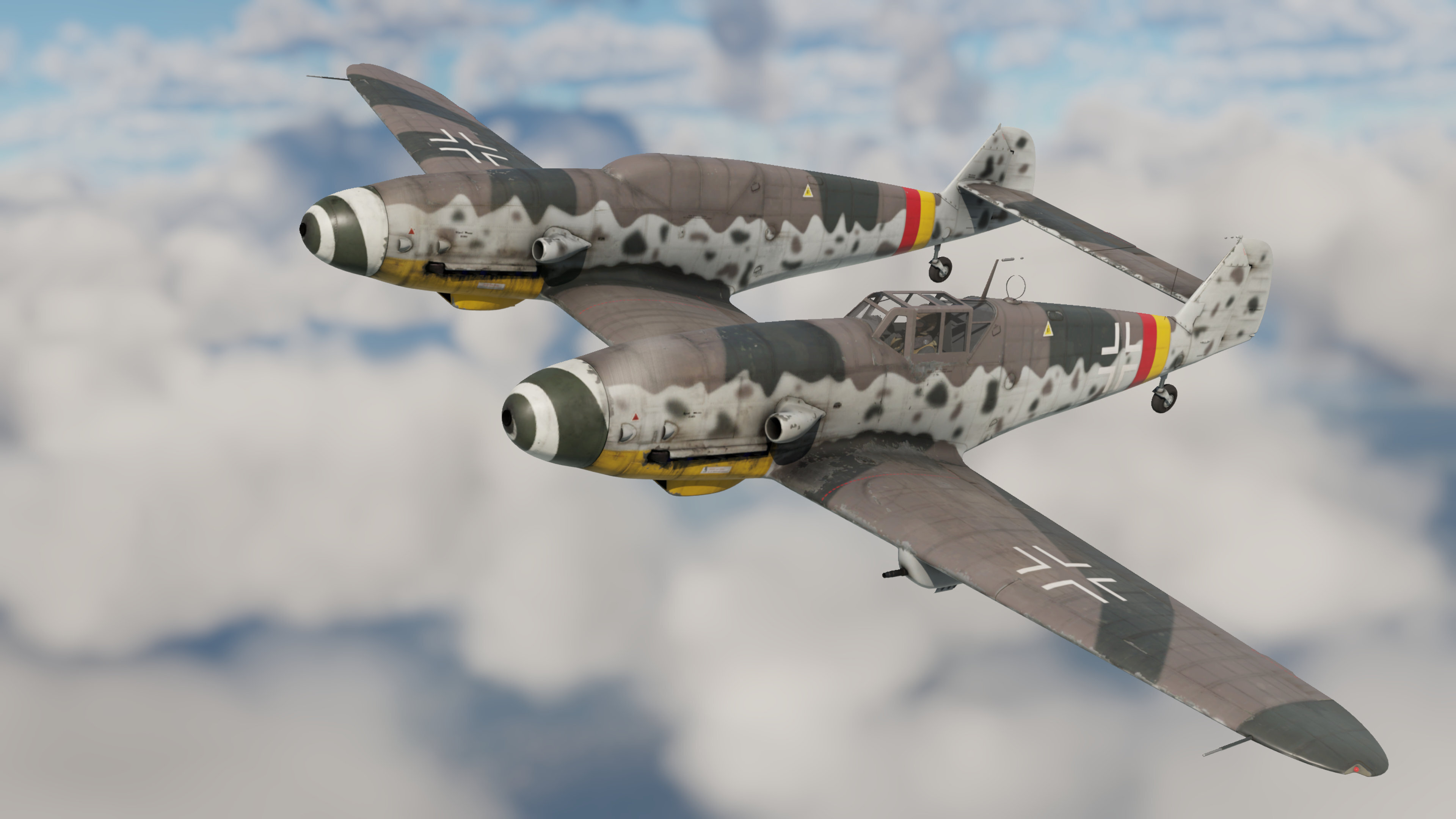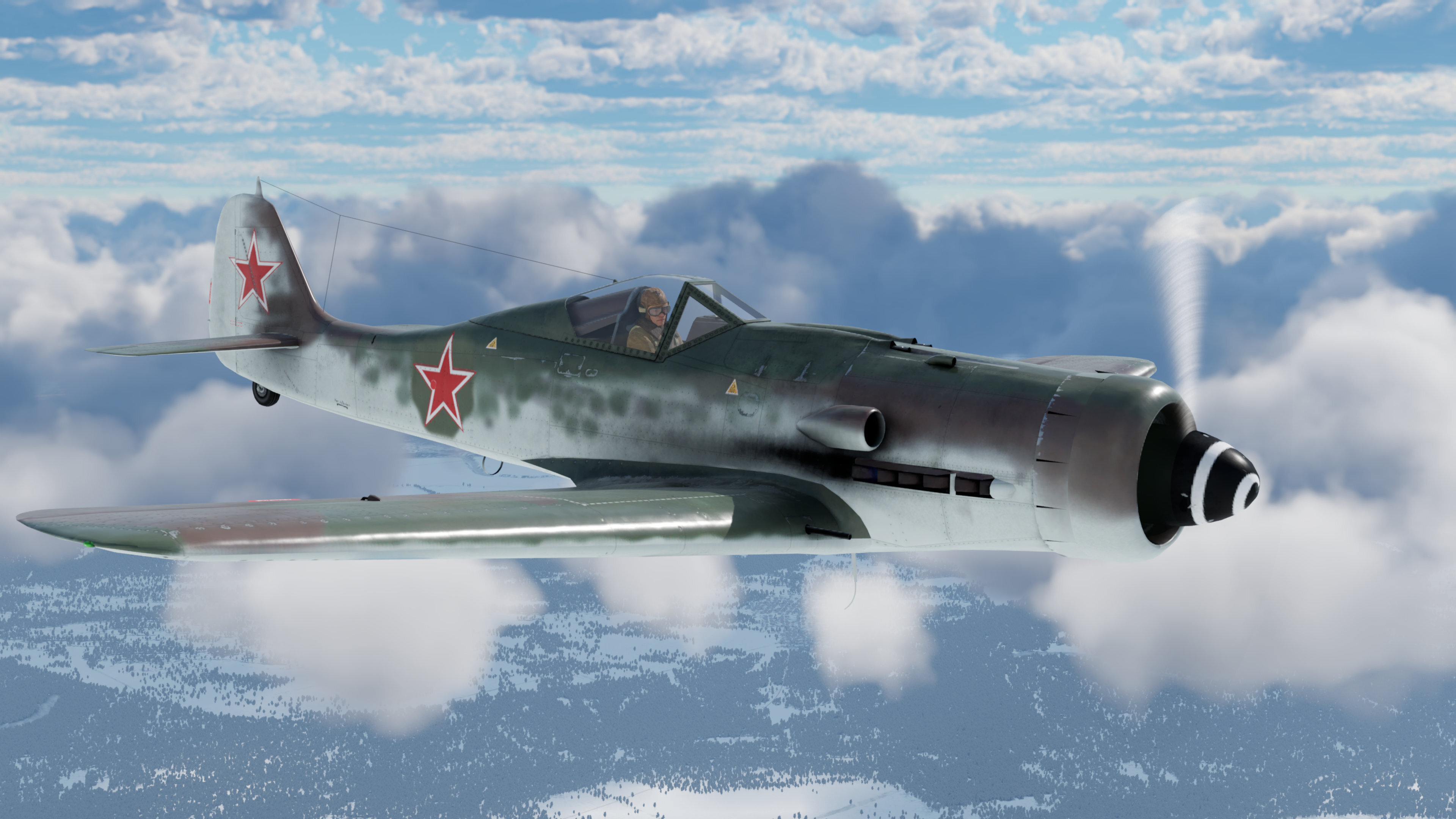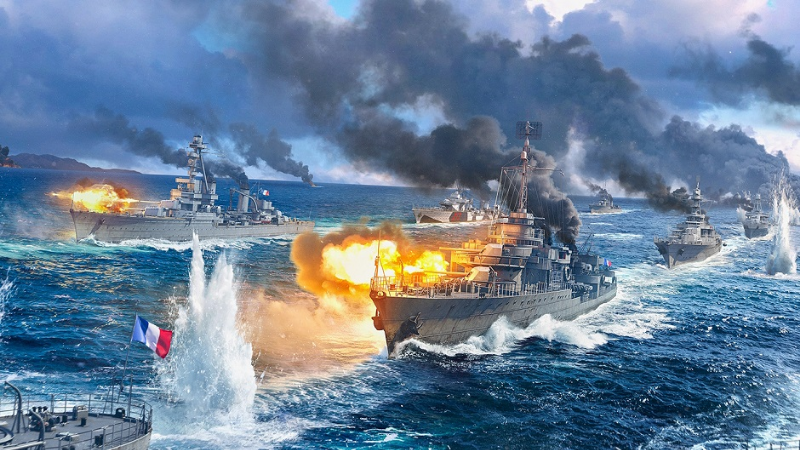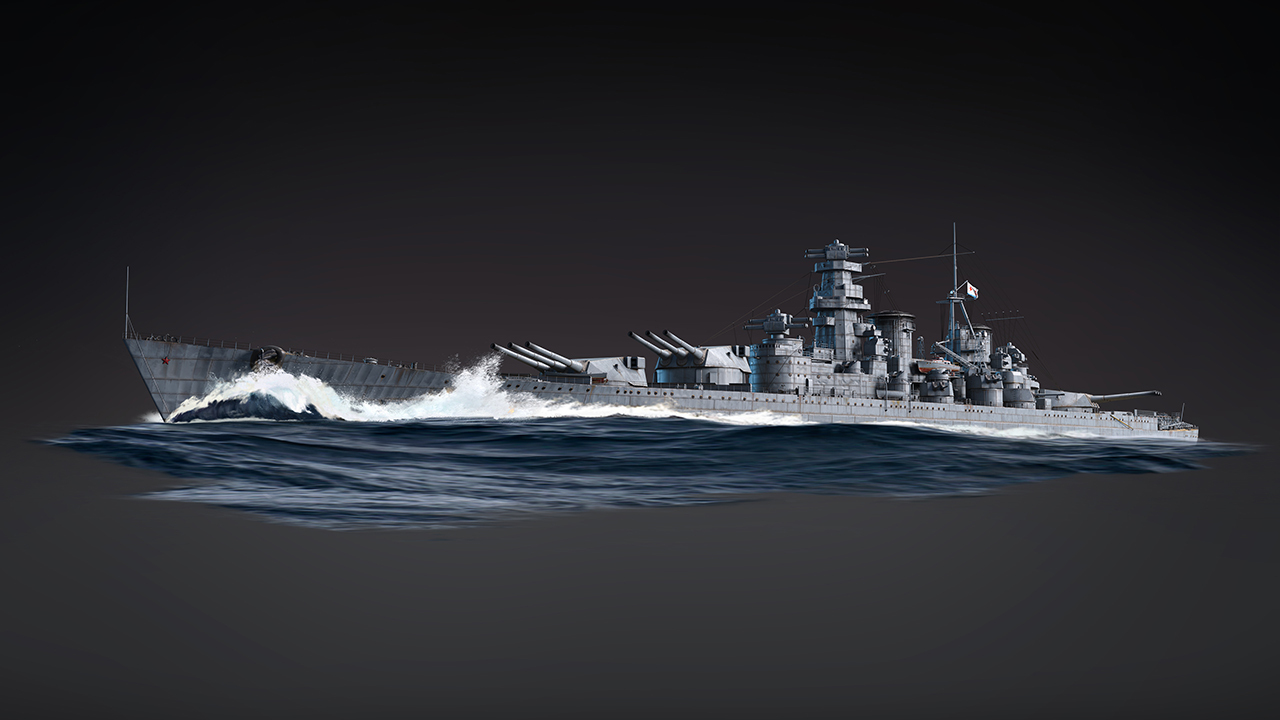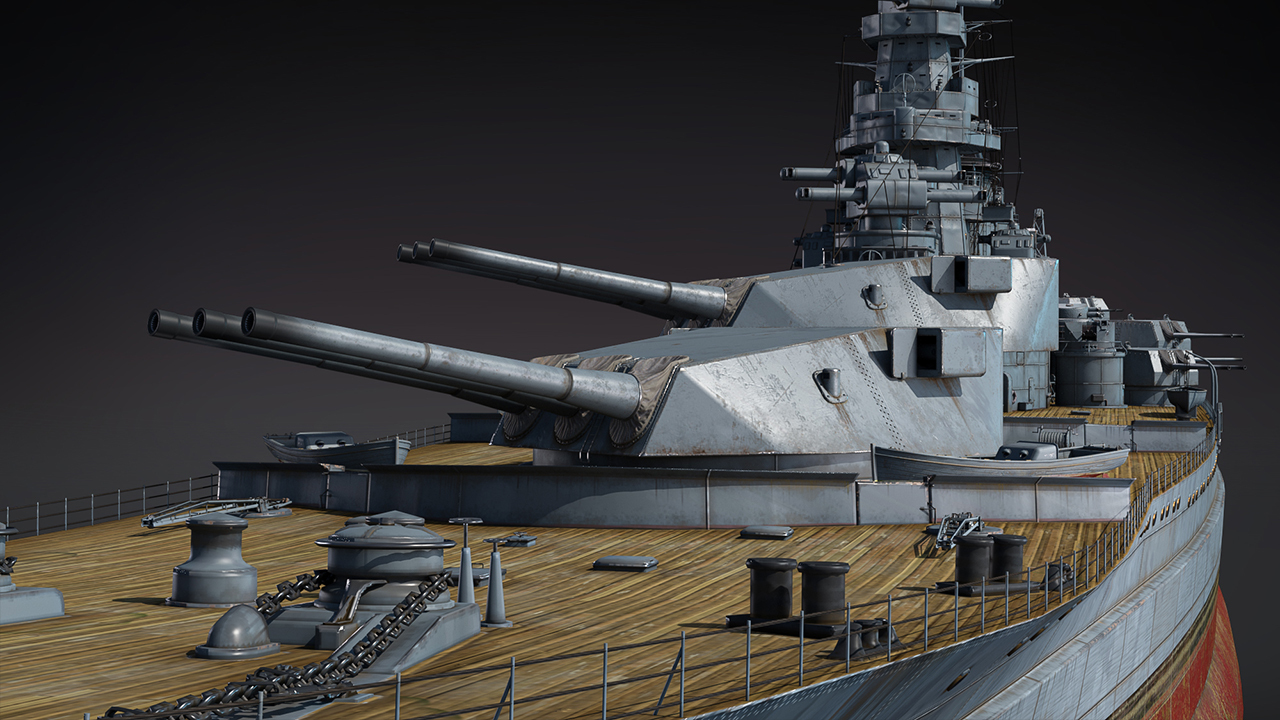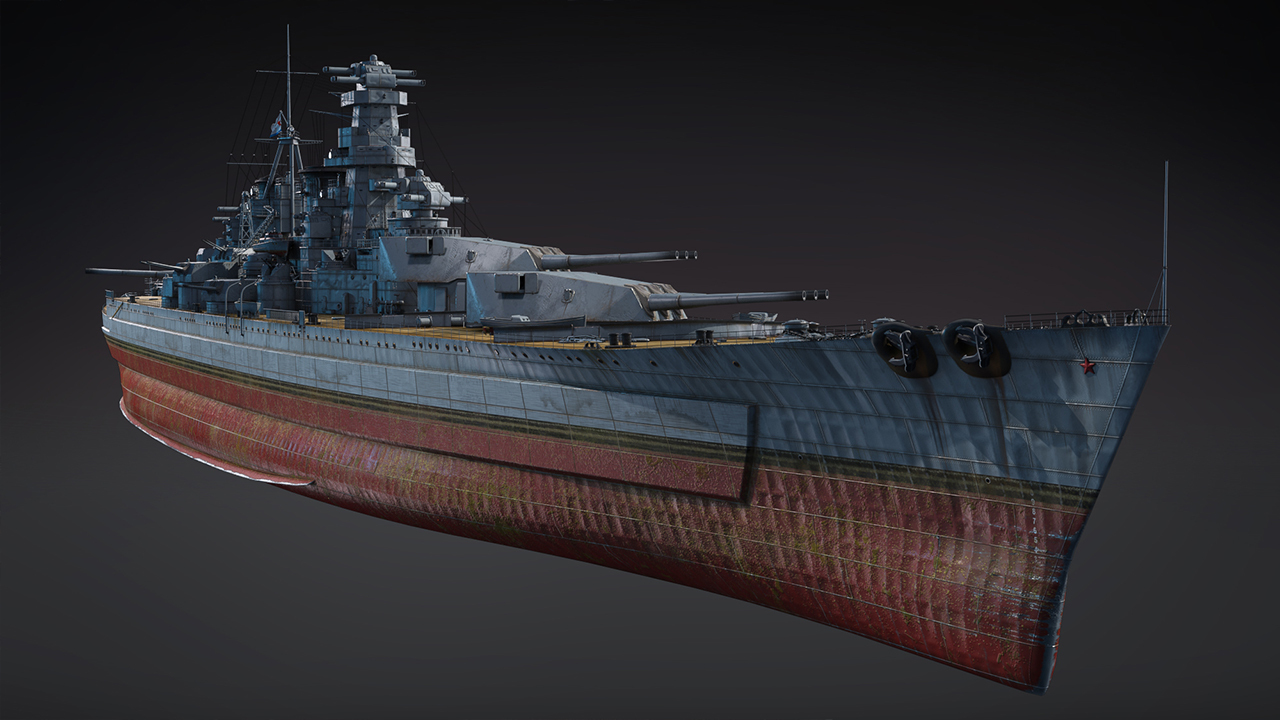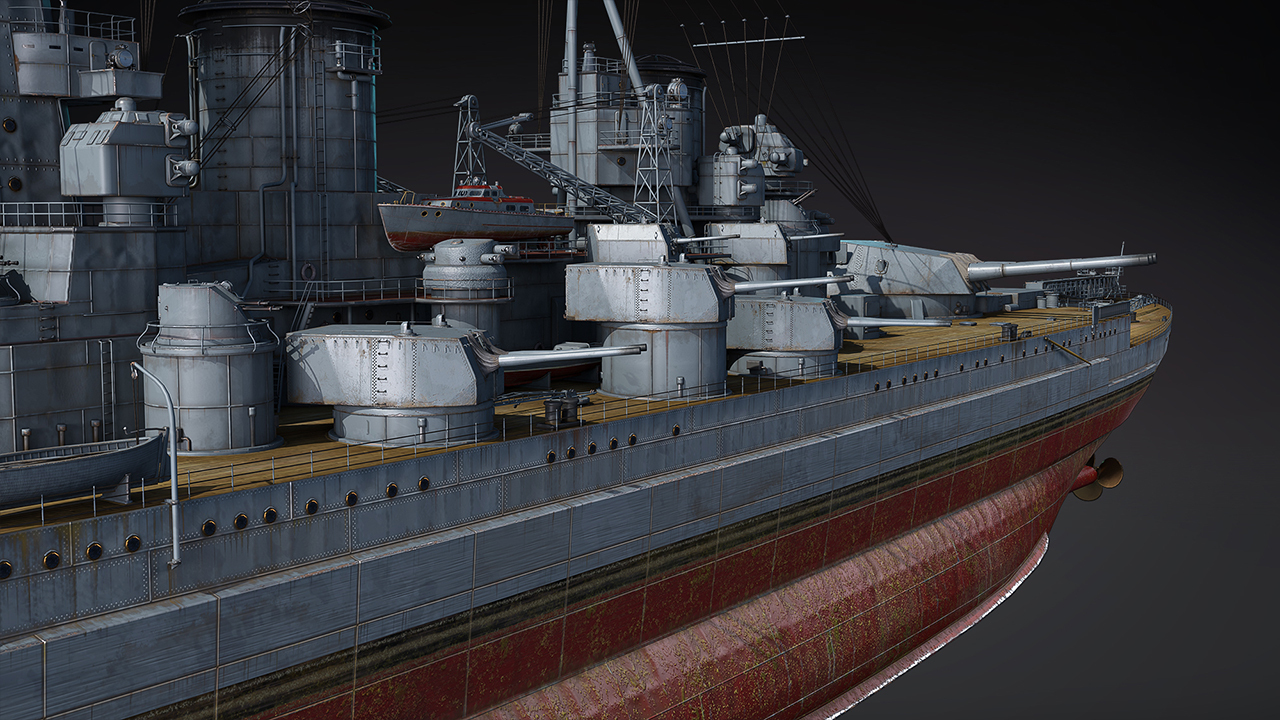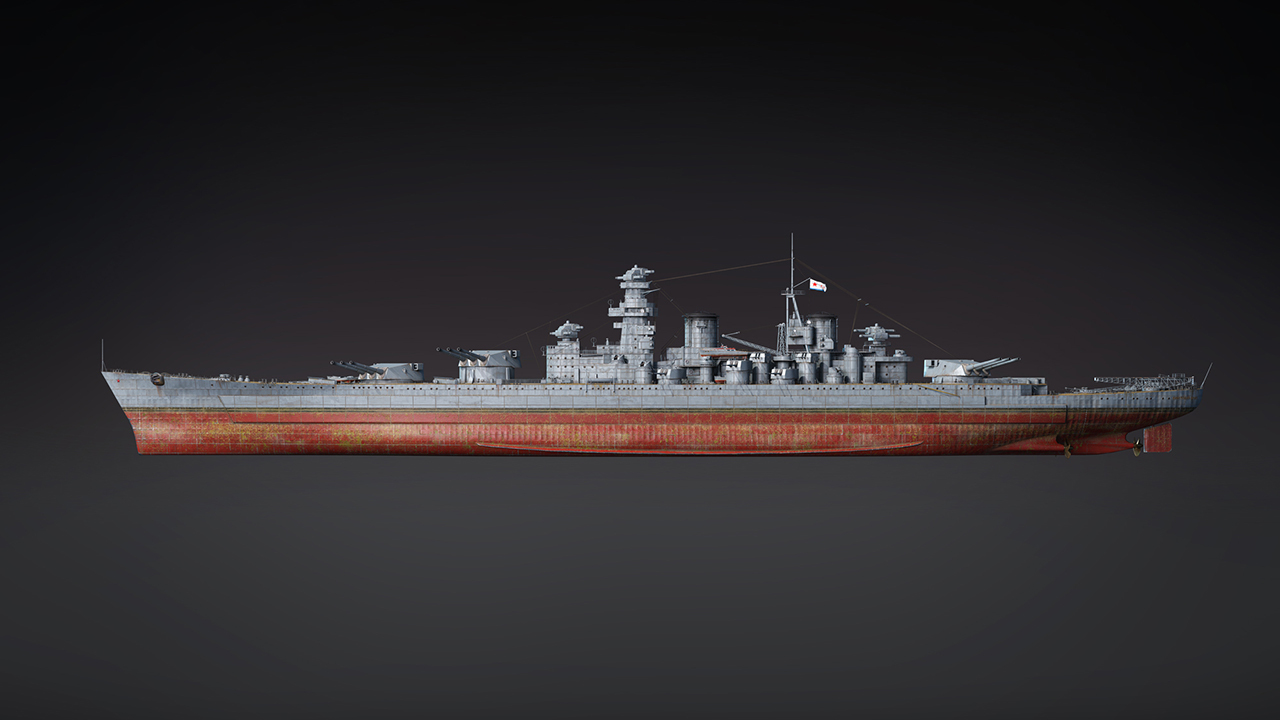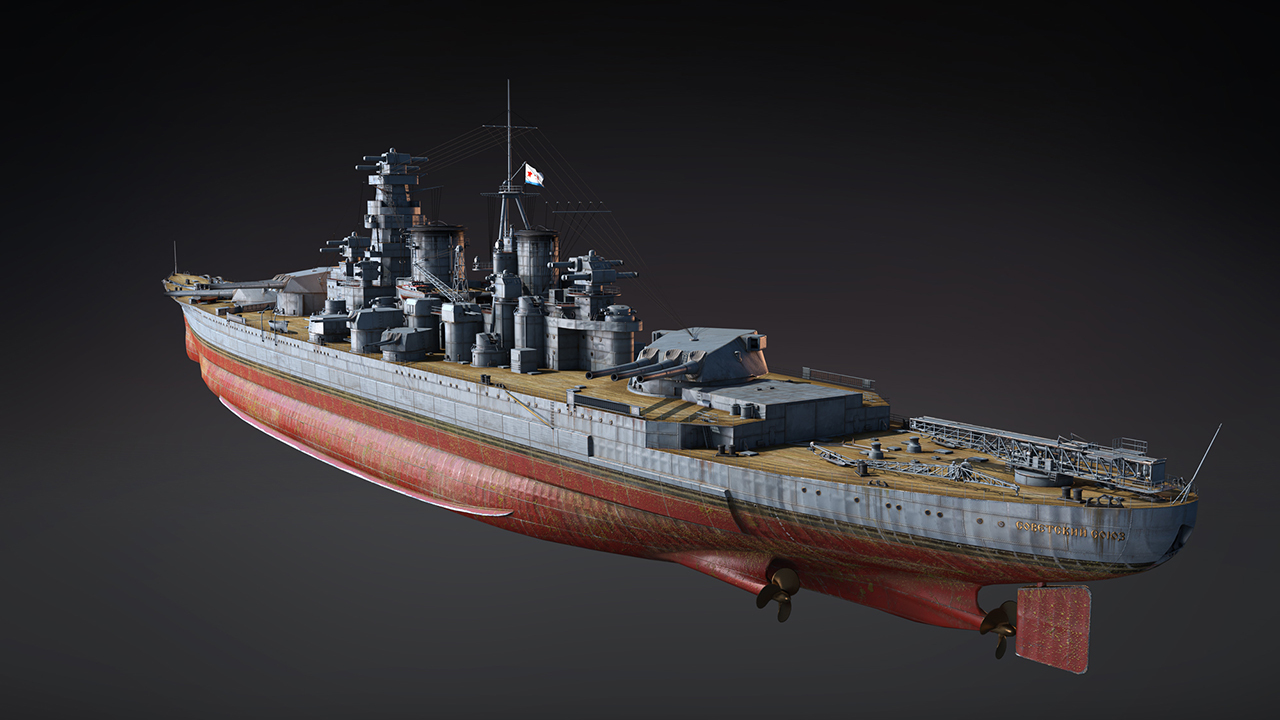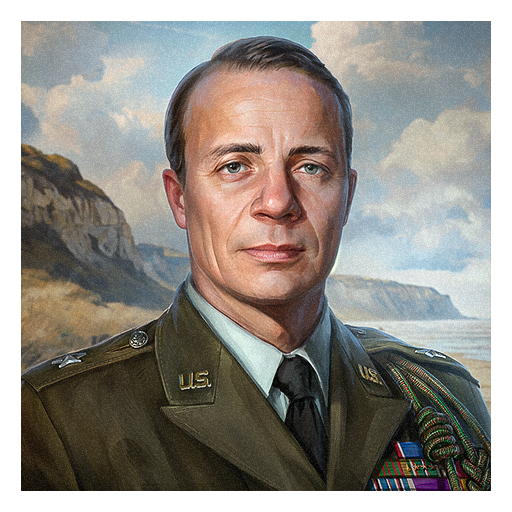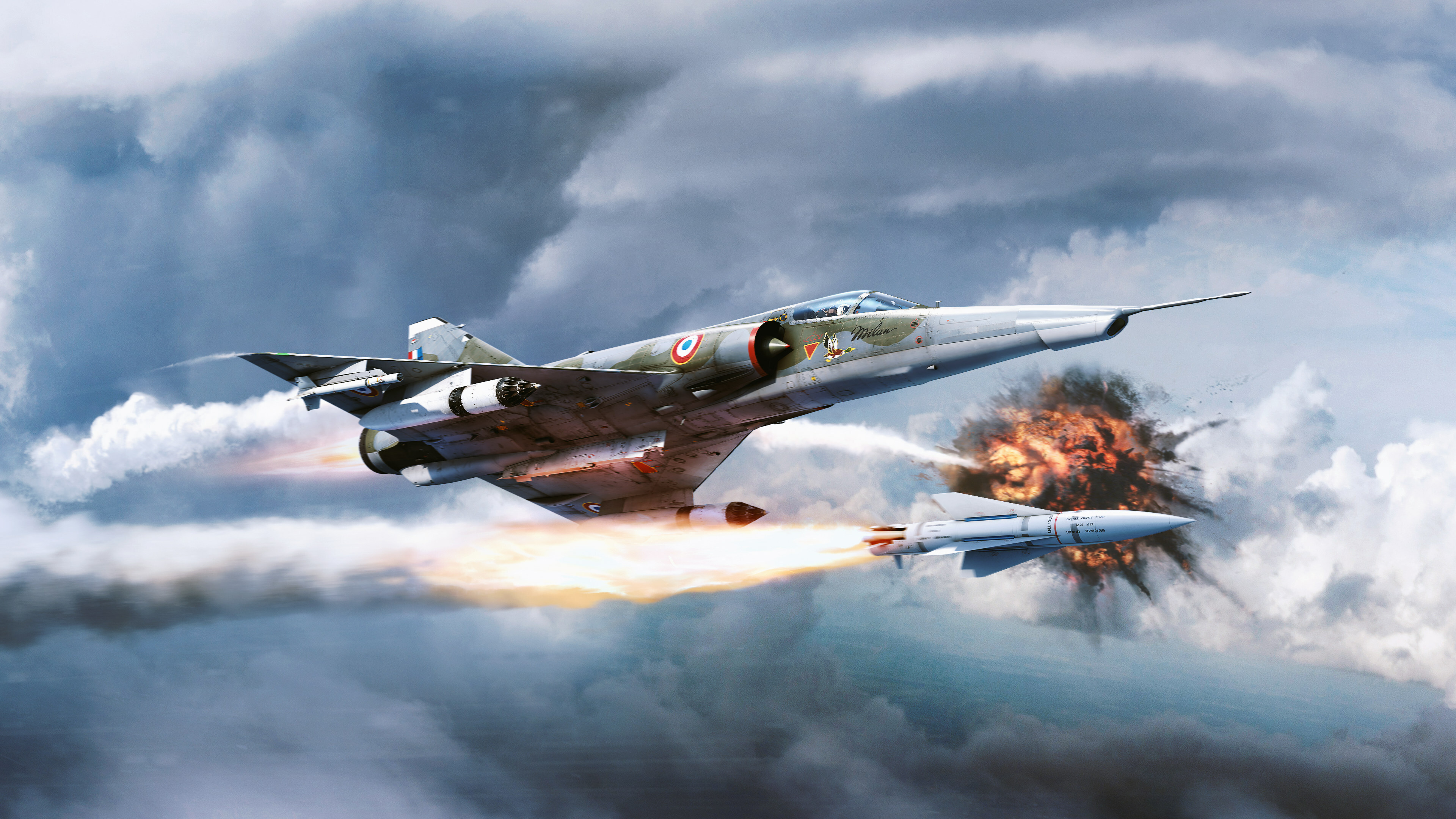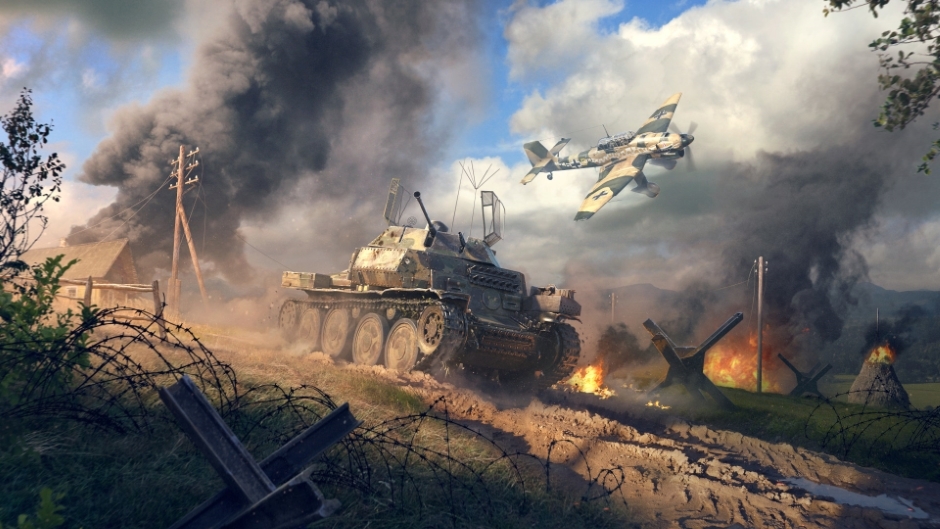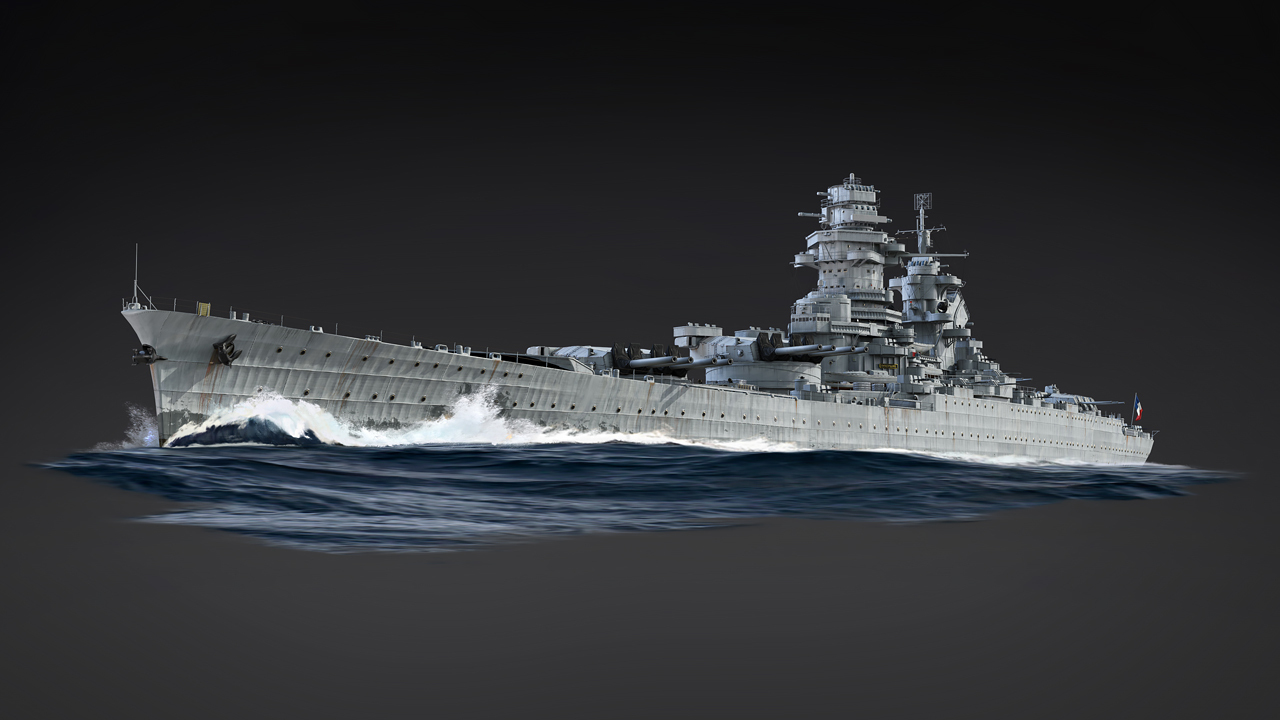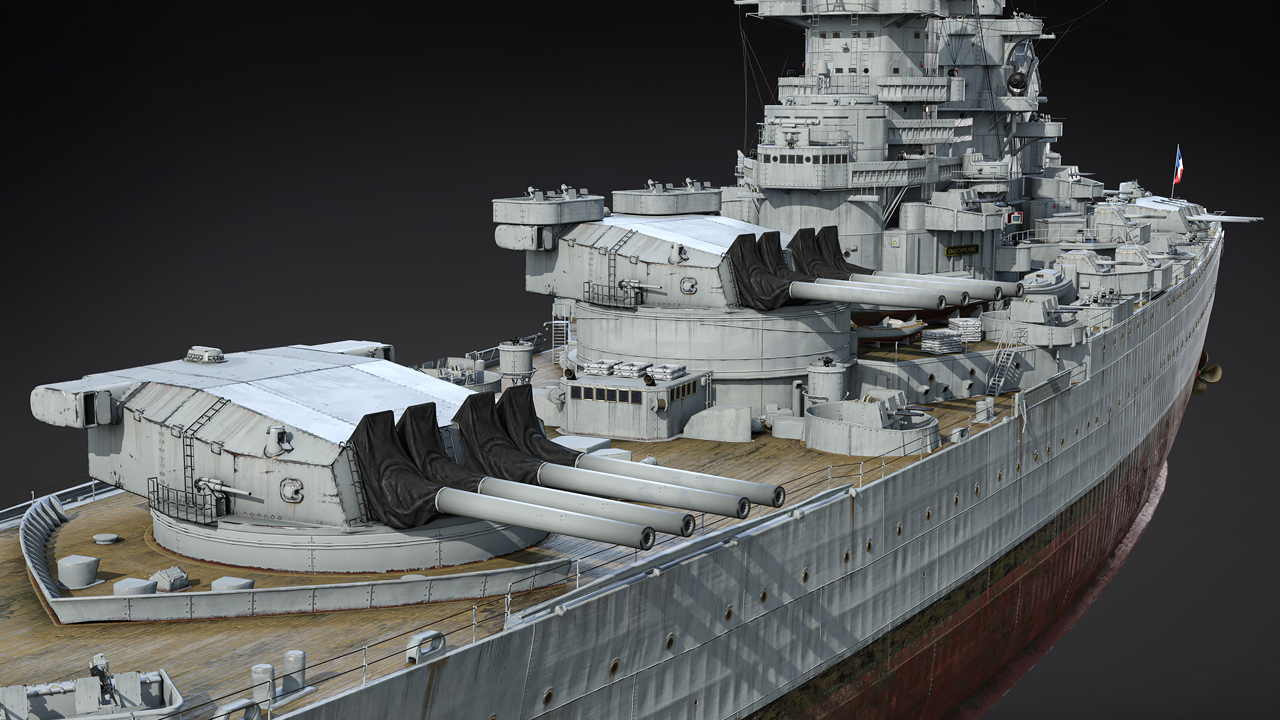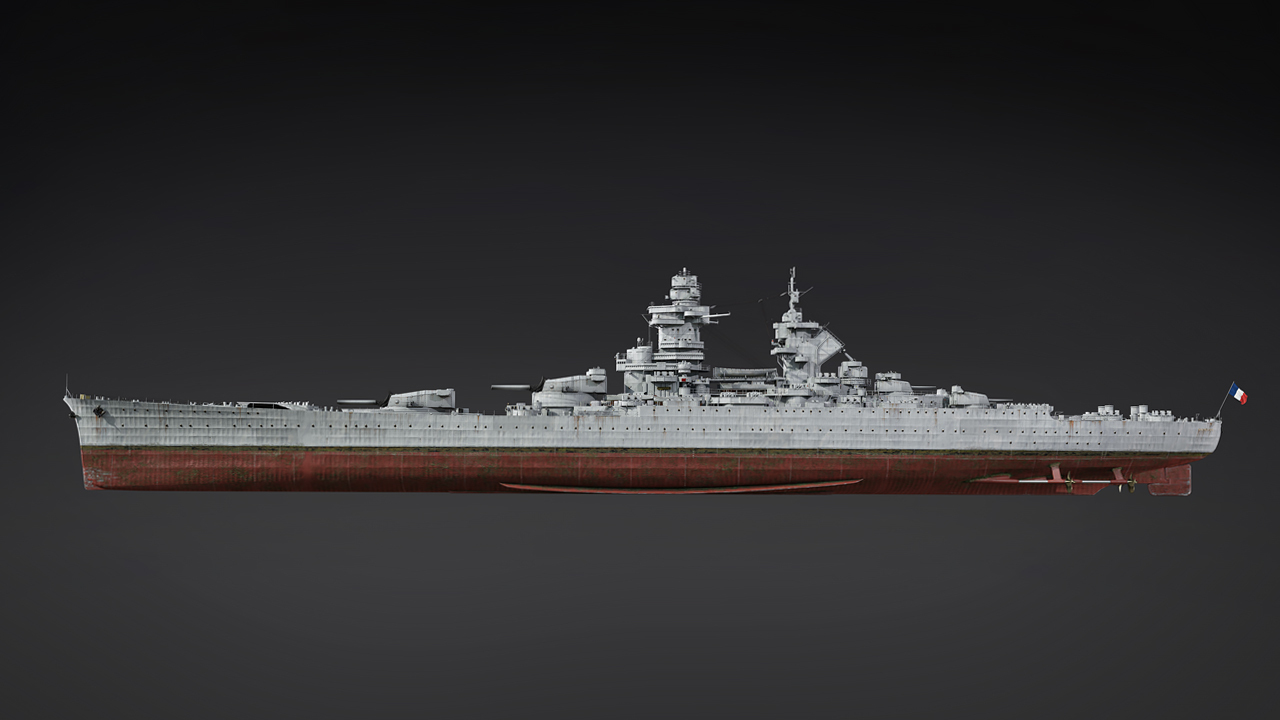
War Thunder - Blitzkrieg Wulf
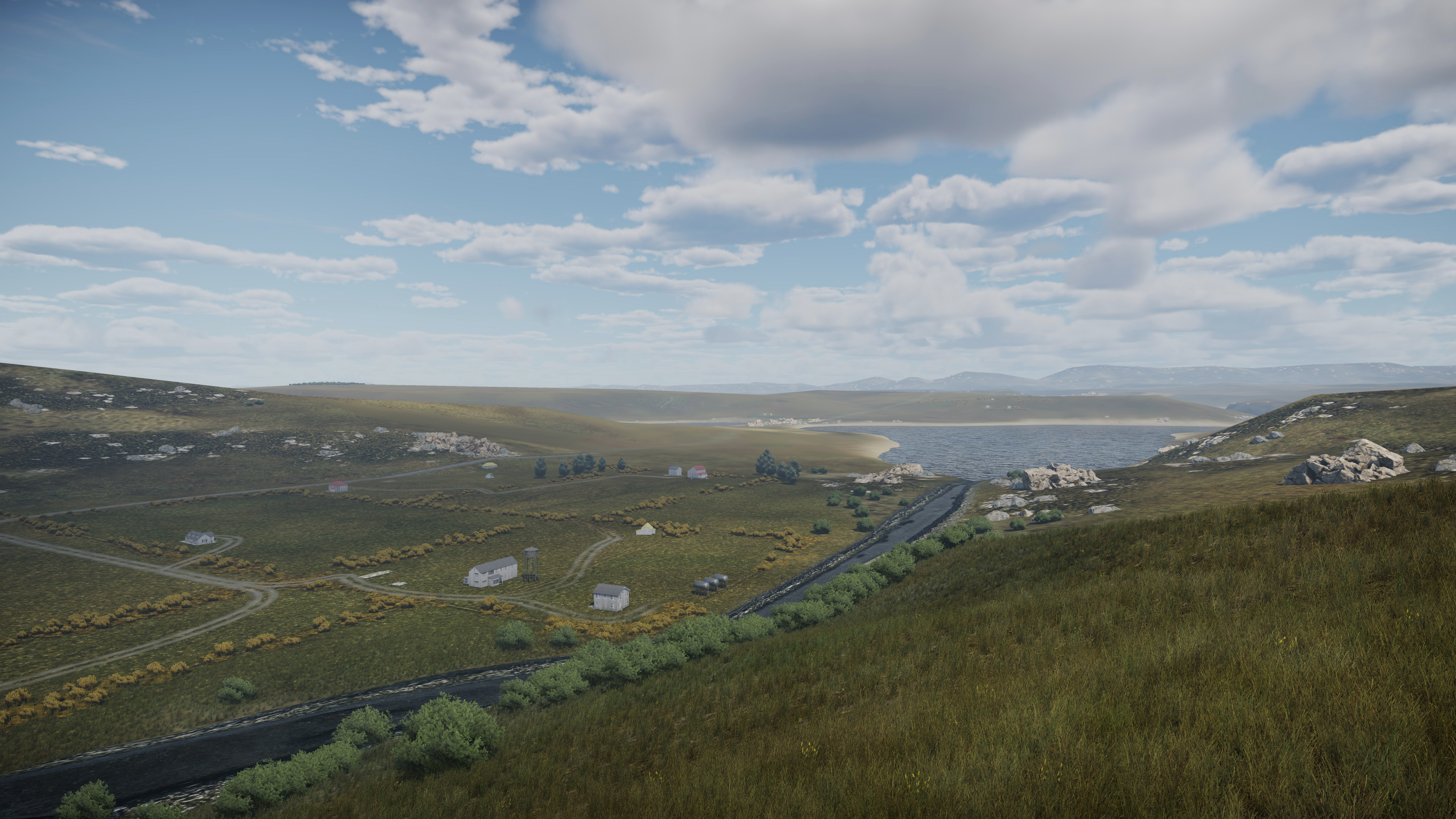
Today we’re excited to show you a new location coming to Air Battles in the next major update: the Falkland Islands (known as Islas Malvinas in Argentina)! Located in the South Atlantic Ocean, this island is a British Overseas Territory that we have set during the 1980s, specifically during the period of the Falklands Conflict.
We’re also taking a look at the visually improved Berlin and Kuban maps — so sit back and read on!
The Falkland Islands
When developing this location, we focused on satellite images of the terrain to understand what kind of biomes prevail on the islands. The terrain in most places is generally wet and rugged with a lot of grass plains and smaller hills. In terms of homes, the island consists of one to two-story houses that were generally built quickly. There are only a few large towns on the islands, the rest of the population live on farms and are generally spread quite widely across the rocky terrain.

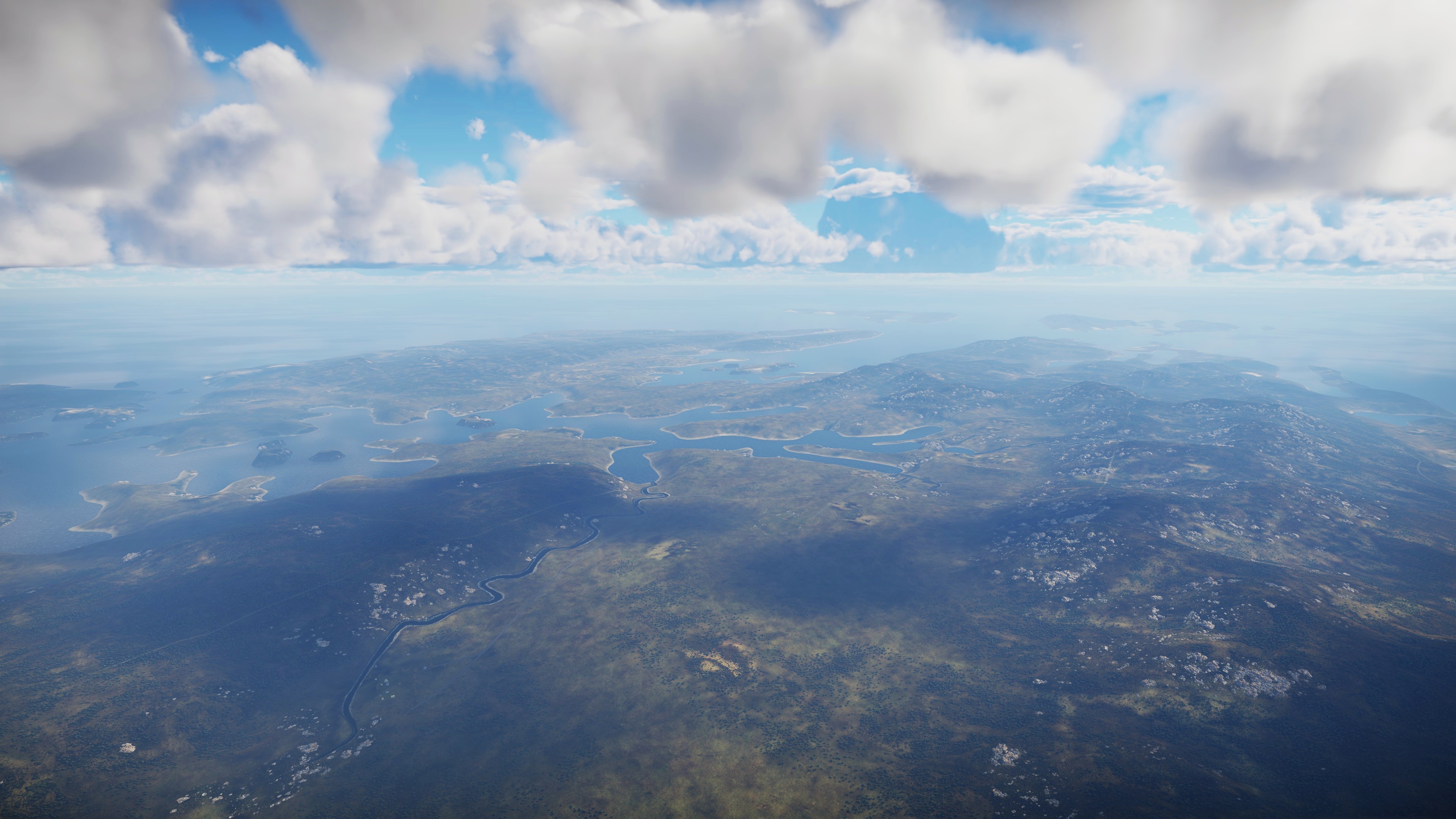
In terms of size, the location is 130 x 130 km, making it one of the largest air maps in the game. This means that you’ll be able to fly over all of the island and see areas such as Stanley, the capital of the island, Fox Bay, Goose Green and many other famous parts. This location has been designed with top tier jet battles in mind, where it will be available around this Battle Rating.
Location Improvements to Berlin and Kuban!
Berlin

May ‘45. The Red Army has reached the famous Reichstag and the war is nearly over. For those who don’t know, Berlin in War Thunder is based on the actual layout of the area during the Second World War. We worked on keeping this authentic layout, all while updating the graphics and models of the location. Every building and structure has been reworked from the ground-up to ensure they look as high quality and authentic as possible. You may have noticed we’ve added more grass and trees, making the map look generally more green. To do this, we looked at historical photos from 1945 and saw that there was still a lot of grass and trees amongst the bomb craters and destruction.
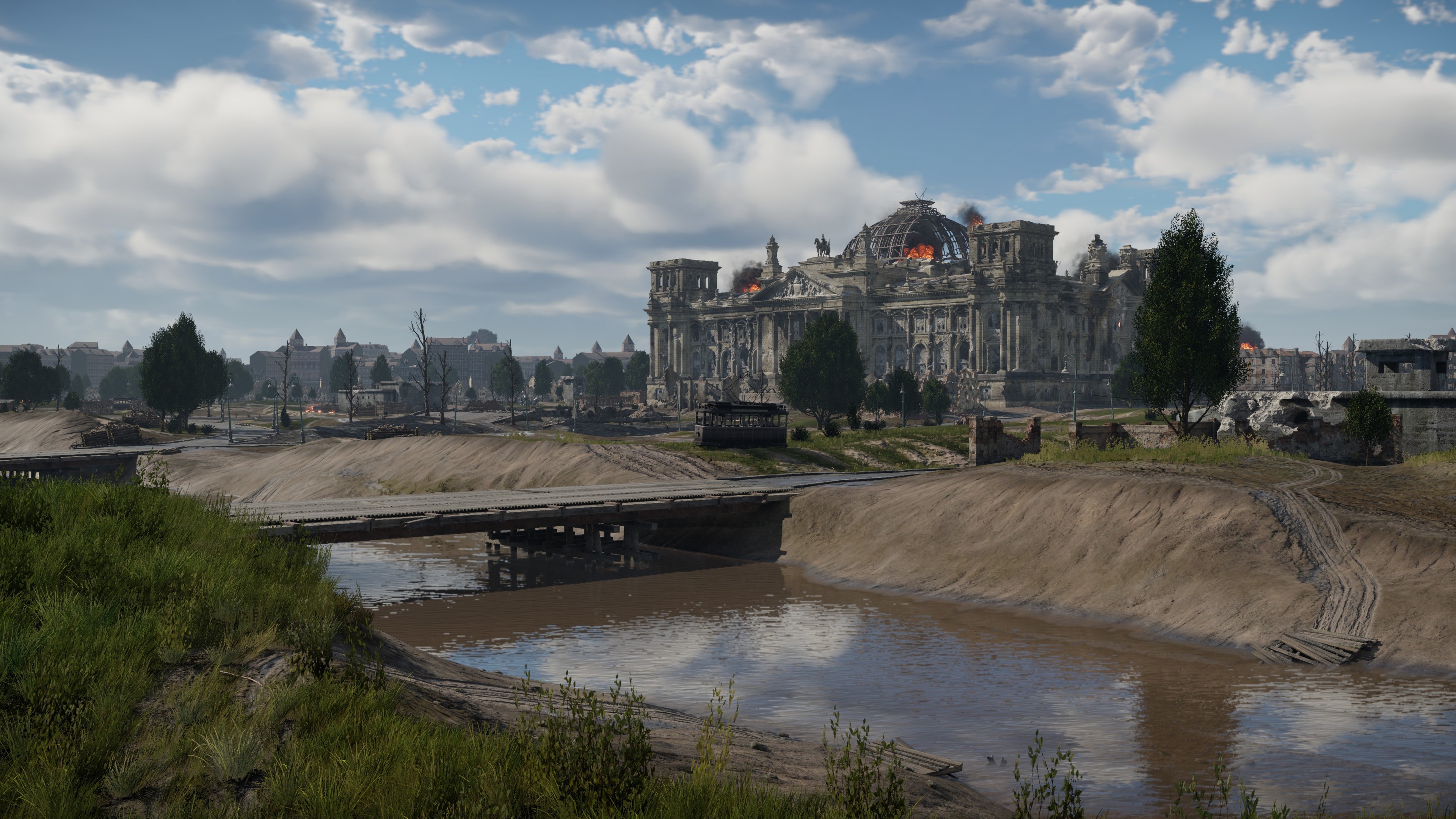
The look and textures of bomb craters, fire and mud have all been improved and revised.
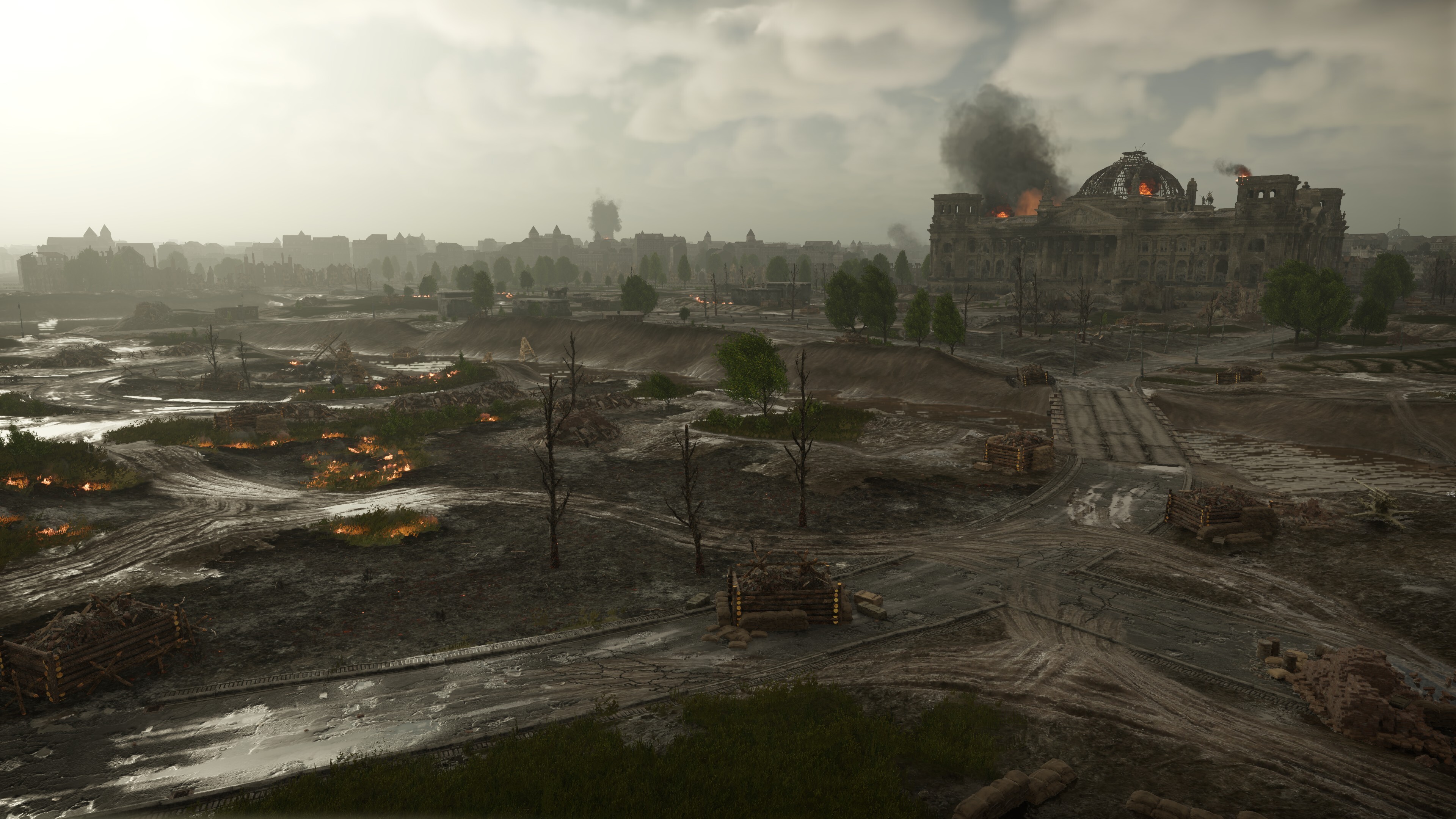

Kuban
We now move from the heart of Berlin to the south of Russia. Kuban has been updated, all while retaining its original layout. When going about this, we looked at photos of this area and its type of structures to get inspiration on how the new look should be. The rocks, ground textures, trees, small structures like the bridge, barracks and sawmills and vegetation have all been reworked from the ground-up so that they look as beautiful and authentic as possible. Oh, there’s also GAZ trucks carrying logs! 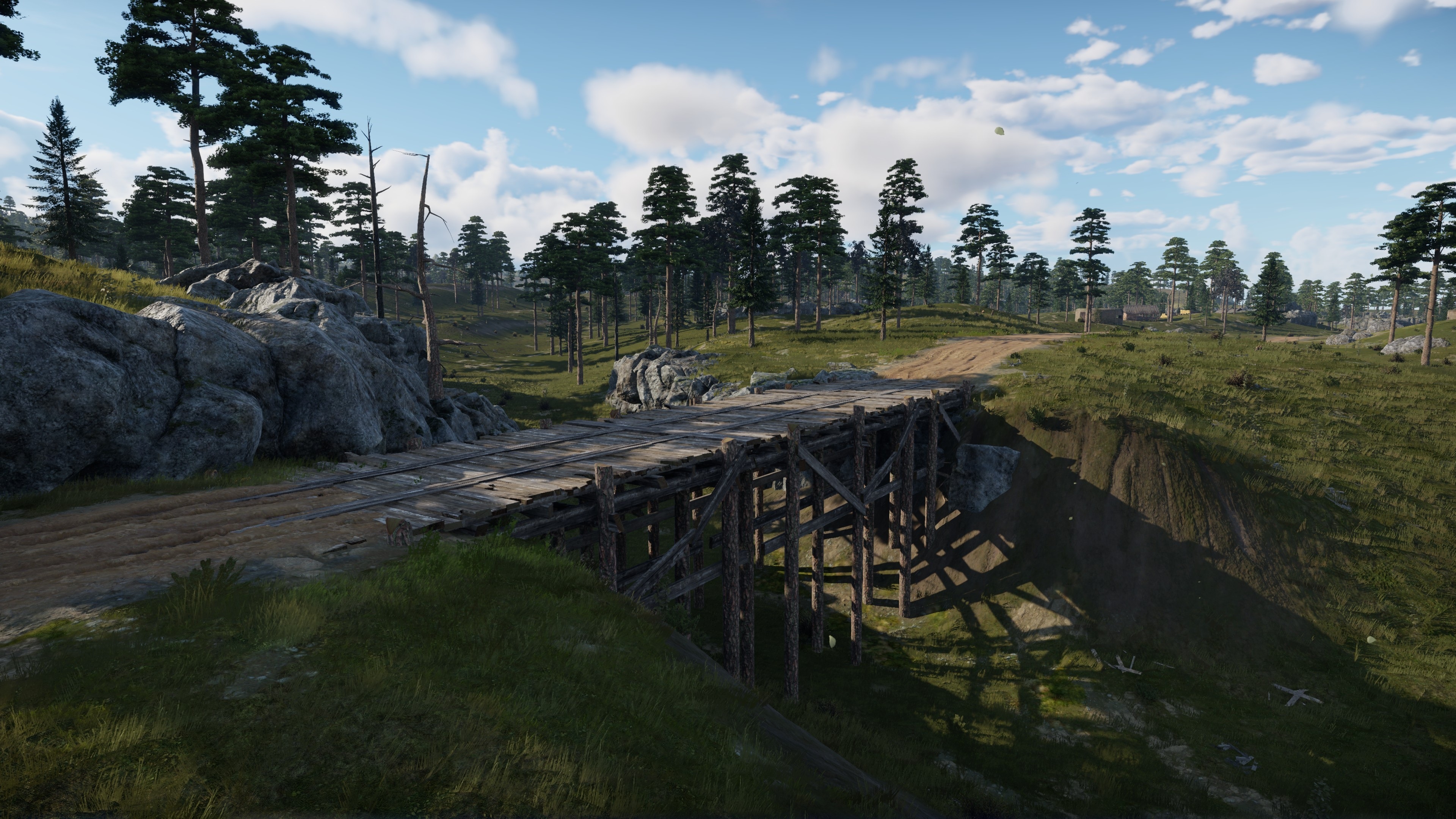
That’s it for this blog! The Falkland Islands and visual overhauls to Berlin and Kuban are coming to the game in the next major update. Be sure to check it out and also our upcoming dev blogs!





